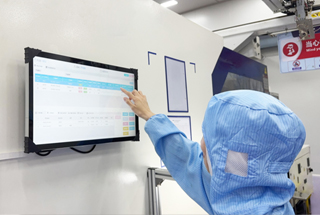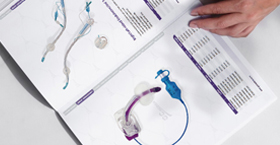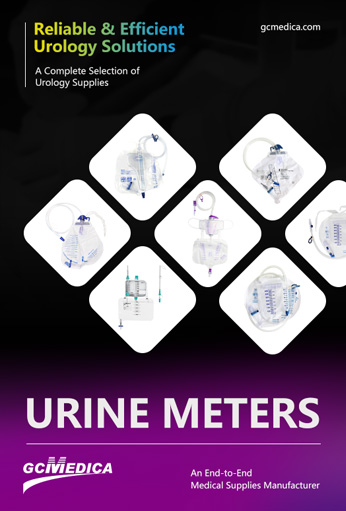Urine meters and urine bags are both urinary drainage devices used in clinical and home-care settings to collect and measure a patient’s urine output. While they share the basic function of transporting urine from a catheter to a collection reservoir, they differ significantly in design, accuracy, monitoring capabilities, and typical applications.
Urine Bag
A urine bag is a simple, flexible reservoir—often made of PVC or silicone—designed to hold large volumes of urine (typically 1–2 L). It attaches directly to an indwelling catheter via a standard Luer-lock or slide connector. Urine bags are primarily used when precise measurement is not critical, such as during routine inpatient catheterization or long-term catheter management at home. Their advantages include high capacity, low cost, and minimal maintenance (just empty and replace when needed). However, because they lack graduated markings or built‑in measurement scales, estimating exact urine output requires manual measurement—either by eye or by transferring contents into a graduated container. They can be hung at the bedside or carried with a strap, but their large, unstructured shape can be bulky and cumbersome for ambulatory patients.
Urine Meter
A urine meter (sometimes called a urometer or urinary measuring device) is a compact, graduated collection chamber—usually 250–500 mL in capacity—manufactured from clear, rigid plastic. It sits between the catheter and a secondary drainage bag, or in some designs replaces the bag entirely. The device features precise volume markings, allowing continuous, real‑time monitoring of urine output without opening the system. Nurses can record hourly output directly from the meter’s scale, improving accuracy and reducing contamination risk. Because meters hold less fluid, they must be emptied more frequently—typically every hour or when nearing capacity—and then re‑zeroed for accurate measurement. They are slightly more expensive per unit and require more frequent handling, but they are indispensable in critical‑care settings (ICUs, post‑operative wards, and fluid‑balance monitoring).
| Feature | Urine Bag | Urine Meter |
|---|---|---|
| Capacity | 1–2 L | 250–500 mL |
| Material | Flexible PVC or silicone | Rigid, clear plastic |
| Measurement | None (visual estimate or manual transfer) | Graduated scale on chamber |
| Monitoring Accuracy | Low to moderate | High (read directly from markings) |
| Maintenance | Empty/replace when full | Empty and reset frequently |
| Infection Risk | Moderate (opening for measurement) | Lower (closed system, minimal handling) |
| Typical Use | Long‑term, routine catheterization | Critical‑care, fluid‑balance monitoring |
| Cost per Unit | Low | Moderate to high |
| Mobility | Bulky; less suitable for ambulation | Compact; can be mounted at bedside |
| Connection Interface | Luer lock, slide connector | Luer lock, may include clamp/valve control |
In summary, the choice between a urine bag and a urine meter depends on the clinical requirements:
1. When to use a urine bag
Routine inpatient catheterization without strict hourly monitoring
Home care or long‑term catheter management
Situations where large capacity and low cost are priorities
2. When to use a urine meter
Intensive care units, surgical recovery, or other high‑acuity settings
Precise fluid‑balance assessments (e.g., diuretic therapy, renal function monitoring)
Any scenario where minimizing contamination and maximizing measurement accuracy are essential
By understanding these differences, healthcare providers can select the most appropriate drainage device to ensure patient safety, accurate fluid monitoring, and operational efficiency.
| Urine Meters > |


 Français
Français Español
Español Products
Products

 About Us
About Us












